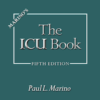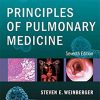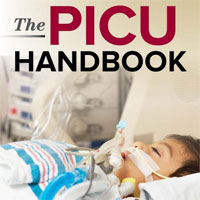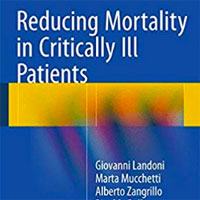The role of pleural pressure and airway closure during mechanical ventilation
link.springer.comRelated to our paper, Van Egmond et al. highlighted key physiological concepts we must be aware of. We believe, however, that the described physiological com-plexity has limited impact on the daily use of esophageal pressure (Peso) for advanced bedside respiratory monitoring and positive end-expiratory pressure (PEEP) setting.
Even though pleural pressure (Ppl) varies between different lung regions due to gravity, experimental studies showed that Peso-derived transpulmonary pressure (PL), respectively, using the direct and elastance-based measurements, adequately estimate global PL in the dependent and non-dependent lung regions.
As highlighted by Van Egmond et al., in the event of airway closure, because the alveoli are no longer in continuity with the pressure transducer, the pressure measured in the airways (Paw) during an end-expiratory occlusion differs from the alveolar pressure.

















